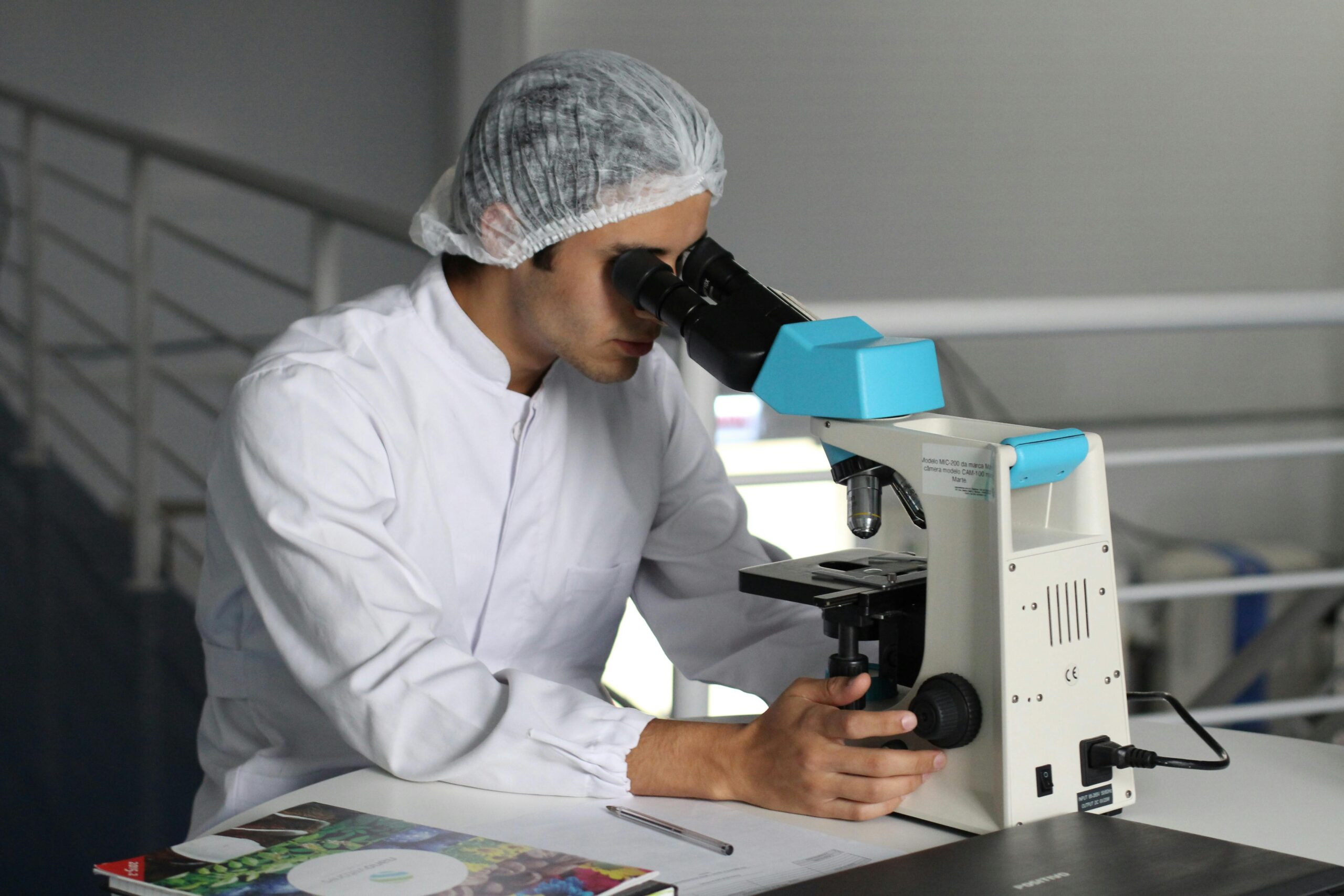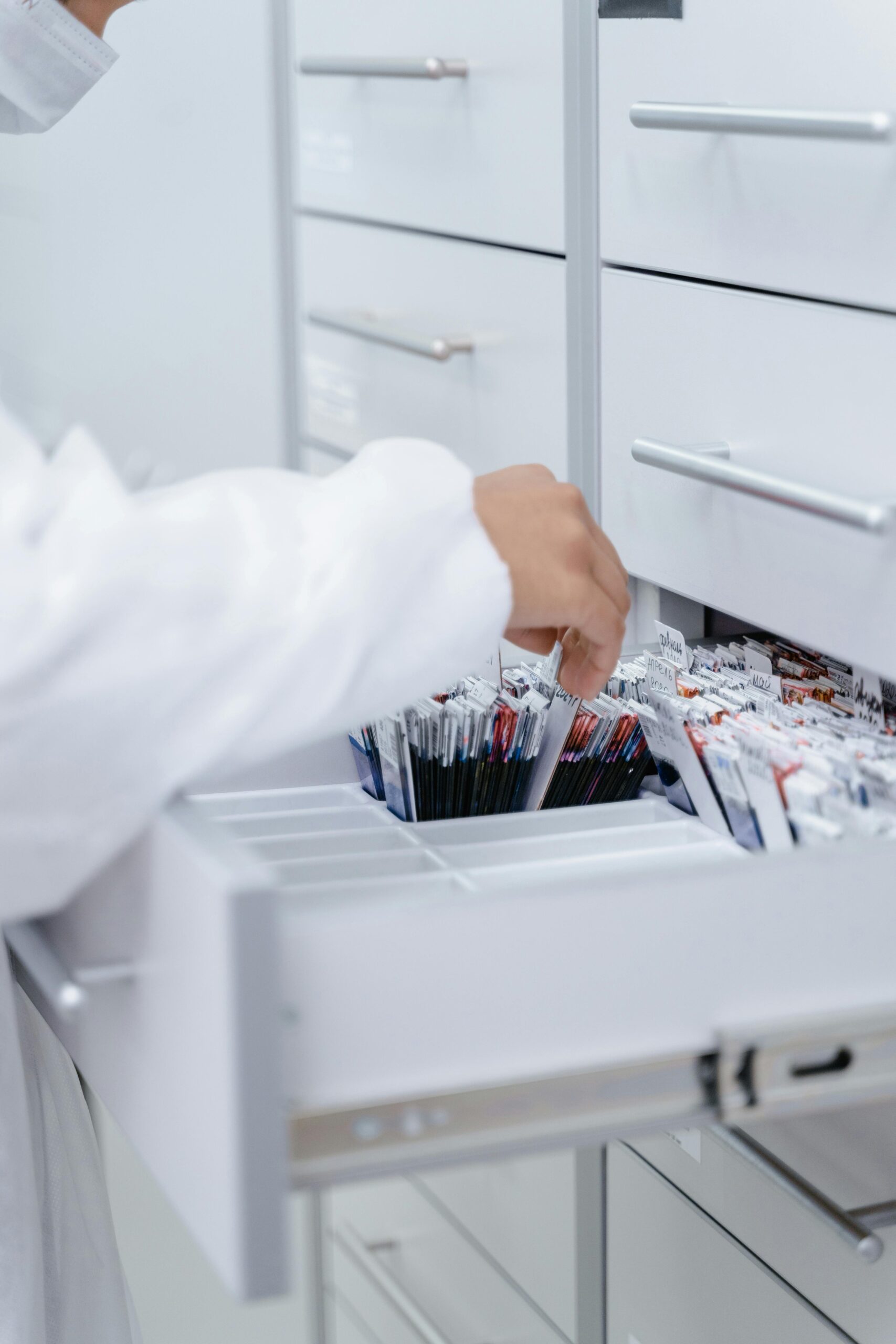The Alto Lazio Science and Technology Park (STP) is a catalyst for innovation, born from the collaboration between the Consortium for Industrial Development of Lazio and the University of Tuscia (UNITUS). Its mission is to promote innovation in the production system and strengthen synergies with the world of research.
To achieve these goals, the STP:
- Develops new areas of research and innovation, collaborating with UNITUS as a priority and involving other universities and research centers. Core themes include: innovation in the agrifood chain, digital agriculture, olive oil supply chain, energy and sustainable mobility, and sustainable development of inland areas.
- Identifies private partners through formal procedures that enhance their strategic role in innovation projects.
- Promotes institutional collaborations, facilitating access to public support programs for training, research, innovation and productive development.
- Encourages innovative initiatives and projects, both its own and by proxy from members, public and private entities.
- Supports interventions in fragile areas, with special attention to areas affected by critical events, such as those in crater areas.
- Opens the share capital to the participation of nonprofit entities and foundations with public purposes that share the Park’s goals and issues.
Through these activities, the STP positions itself as a bridge between research and business, an engine for sustainable development and a promoter of territorial innovation.
History
The Parco Scientifico e Tecnologico dell’Alto Lazio (STP) was created on December 7, 2005 as a joint stock consortium company with the aim of promoting innovation and research in the Lazio region, particularly in the Alto Lazio area. Its creation was made possible by Regional Law No. 49/93, which incentivized the creation of instruments to foster local development through technological innovation.
In 2019, the commissioner’s management, which took control of the TSP’s majority shareholder, steered the park in a new direction, focusing on the promotion and innovation of the Rieti area. The new management has helped renew the approach and governance of the TSP, making it a tool for developing initiatives related to the principles of thecircular economy, a vision that emphasizes sustainability and efficiency in the use of resources.
Today, the TSP is a consortium company with limited liability. Its share capital is composed of 60 percent by the Consortium for Industrial Development of Lazio and 40 percent by theUniversity of Tuscia. Thanks to this structure, the TSP is an operational tool at the service of its members, with the aim of fostering research and innovation in the Lazio region.
Strategic vision and operational mission
Theopen innovation ecosystem promoted by PST, in close synergy with its partners, is focused on the crucial issues ofcircular economy and sustainable development, with a special focus on inland areas. The main goal is to create a solid and lasting system of collaboration among differentinnovation players, such as universities, research centers, innovative start-ups and SMEs, research spin-offs, large enterprises, business accelerators, venture capitalists, and public institutions. This ecosystem aims to stimulate the development of specialized and professionalizing skills, supporting the emergence of new strands of industrial research and experimental development activities.
In addition, PST aims to facilitate the creation and strengthening of public-private partnerships geared towardinnovation and sustainability, fostering the birth and growth of innovative enterprises. Another important objective is theattraction of investment and the presence of economic actors, as well as major innovation players, who can contribute to technological progress and the strengthening of the territory’s competitiveness. Through this integrated and multidimensional approach, STP aims to create an environment conducive toinnovation that can positively affect the economic and social fabric of inland areas, while promoting sustainability and resource efficiency.



